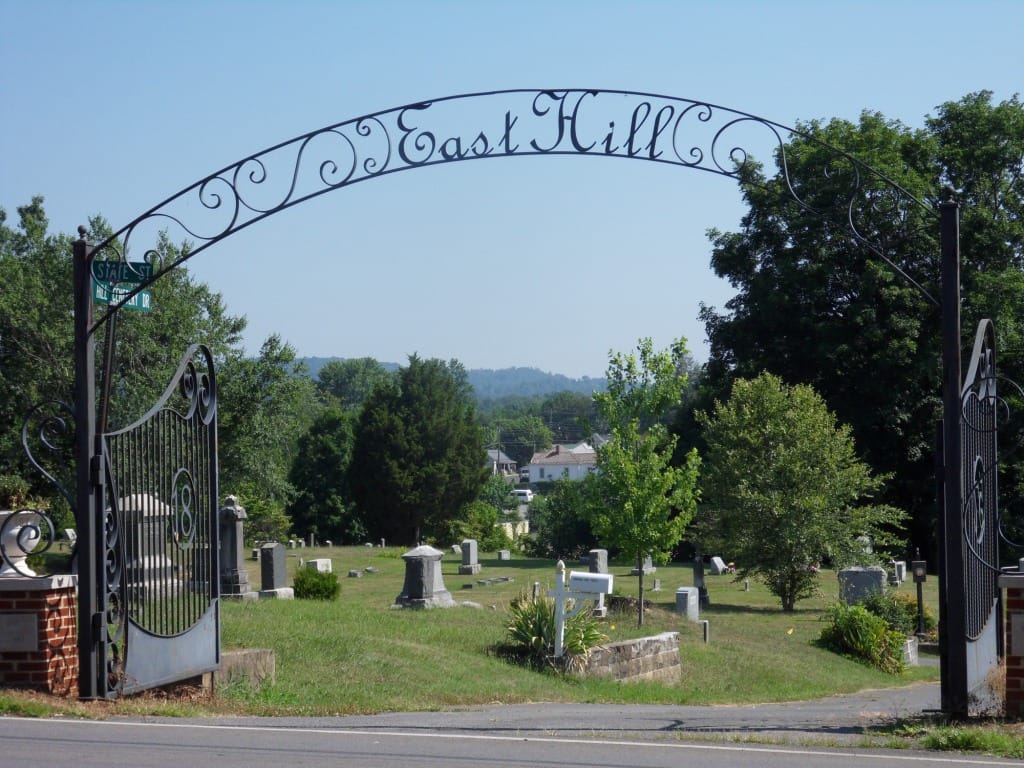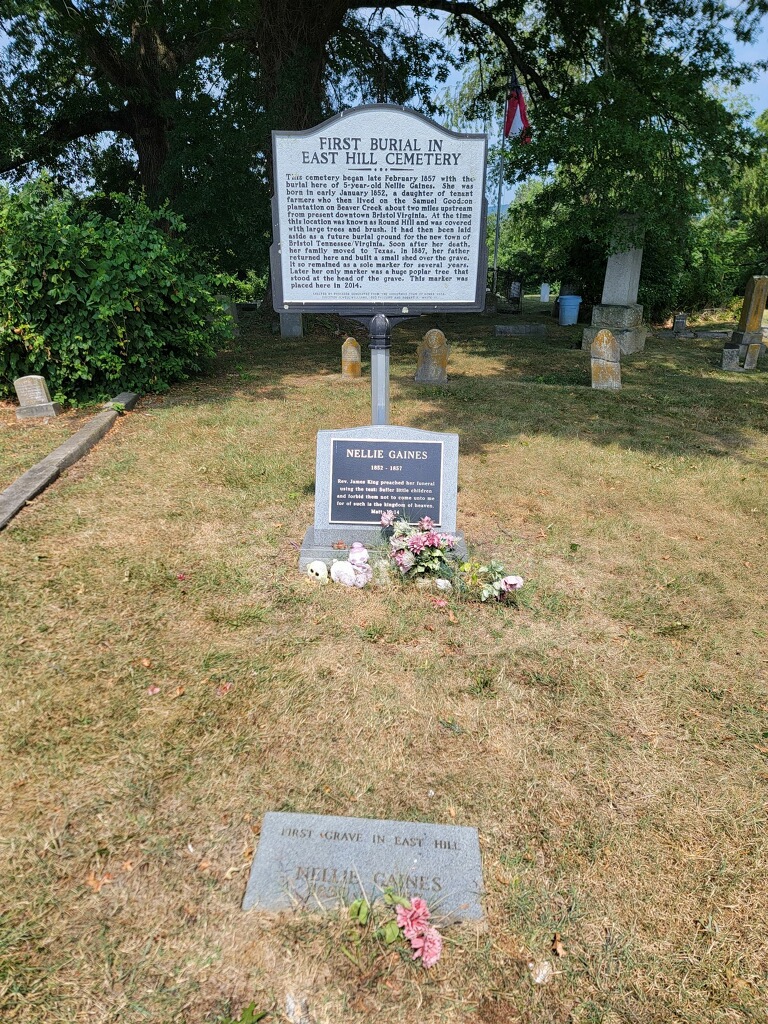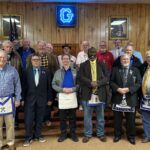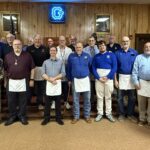Revolutionary War General of Militia Evan Shelby, and many who have made contributions to Bristol and the nation are buried in this Cemetery that is registered on the National Register of Historic Places.

A Young Mason’s Journey Through East Hill Cemetery
As I stepped into East Hill Cemetery on a warm afternoon, the sun casting a golden hue over the landscape, I felt a sense of awe. The cemetery, established in 1857, straddles the Tennessee-Virginia state line and is steeped in history. As a new Mason, I was eager to explore the graves adorned with Masonic symbols, reflecting the deep connections between Freemasonry and the community.
Walking along the pathways, I found myself drawn to the stories etched into the gravestones. One of the first markers I encountered belonged to a Confederate soldier, a reminder of Bristol’s strategic role during the Civil War. The cemetery, I learned, had become a crucial burial site for soldiers, with 101 Confederate graves concentrated in a dedicated plot and nearly 200 more scattered throughout.
As I continued my journey, I came across the grave of General Evan Shelby, a local figure whose ghostly presence is still said to wander these grounds. The tales of hauntings added an air of mystery to my exploration, but it was the Masonic symbols that truly captivated me. Each emblem told a story of brotherhood, tradition, and the values that bind Masons together.
I paused at the grave of a notable Freemason, marveling at the intricate carvings. It was a poignant reminder of the long lineage I was now part of. My thoughts wandered to Samuel Goodson, one of Bristol’s founders, who had suggested this hill as a burial site for Nellie Gaines, a young girl whose grave marked the beginnings of East Hill Cemetery.
The cemetery’s architectural evolution was also fascinating. From modest early buildings to grander structures like the Virginia House Hotel, Bristol’s growth mirrored the history laid to rest here. The transition from wooden to brick buildings, driven by masons like William H. Smith and John M. Crowell, marked a significant chapter in the town’s development.
Reflecting on the cemetery’s rich past, I felt a deeper connection to my Masonic journey. The symbols on the graves were more than just marks of membership; they were a testament to a legacy of service, honor, and fraternity. As the sun began to set, casting long shadows over the graves, I left East Hill Cemetery with a renewed sense of purpose and pride in my Masonic heritage.
Article by Brother Weston Leonard and Mason Baker, photos by Mason Baker.




